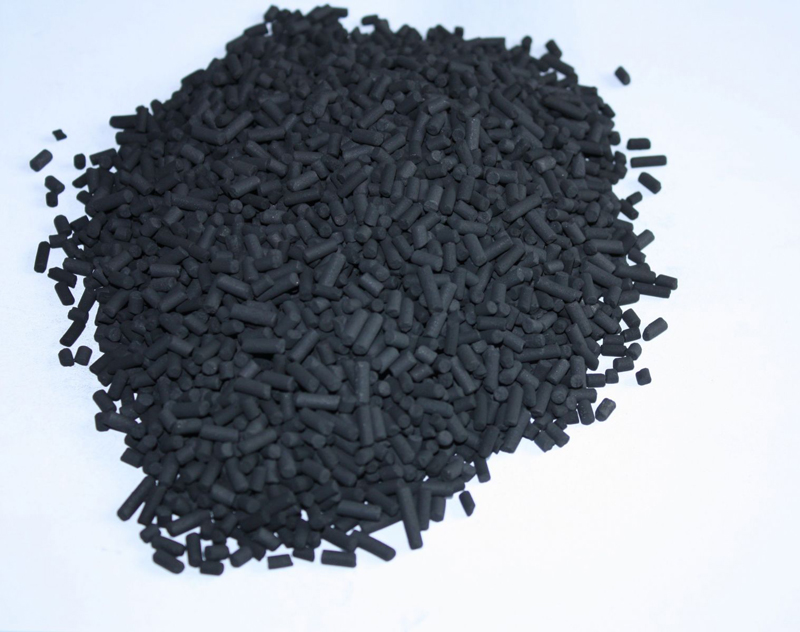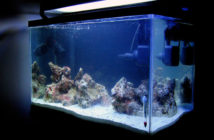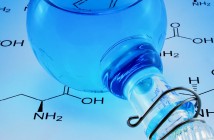Activated carbon is commonly used as part of the filtration process for most freshwater and marine aquariums. Today we are going to cover the benefits of using a quality activated carbon.
Reasons for Using Activated Carbon
- Activated Carbon is used to help remove dissolved organic molecules from aquarium water. Properly used, Activated carbon will keep your tank looking clean while removing the yellowish tint to your aquarium water and improve the overall water quality.
- Carbon is also useful for removing medications, dyes and antibiotics from the aquarium. When dosing medications, the manufacturers will typically recommend removing carbon and other filtration medias such as Chemi Pure or Clear Fx Pro from the aquarium during the treatment period.
- Carbon may also be used to remove heavy metals that may have found their way into the aquarium water.
- Activated Carbon also removes Chlorine and breaks apart chloramine molecules into chlorine and ammonia, whereby the chlorine is removed and ammonia is left as a byproduct. For more on Chloramine and Chlorine removal see our article, Chlorine & Chloramine in My Water?!
What Carbon Won’t Do For You
Activated carbon will not remove ammonia, nitrite, nitrate and phosphate. For these substances, other methods of removal are required.
Does Carbon leach absorbed contaminants back into the water once it’s exhausted?
Not under normal conditions, however there are a few exceptions. As long as your pH is within normal range for marine aquariums then the answer is no, carbon will not leach substances back into the water once it’s useful life has expired. Extreme shifts in pH to highly alkaline or acidic ranges would cause carbon to leach contaminants back into the aquarium water and at that point everything in the aquarium would cease to live. Therefore, carbon will not leach contaminants back into the aquarium.
Does Carbon Absorb Desirable Trace Elements?
Another concern about using carbon in the aquarium is whether or not it will absorb trace elements from the water. This is possible that carbon could remove small amounts of trace elements from the water but only in small insignificant amounts. The benefits for using carbon outweigh the negatives as it pertains to trace element absorption.
Can Carbon be the Cause of Head and Lateral Line Erosion (HLLE)?
There have been studies to show that in some aquariums carbon can lead to HLLE. It is unclear why this occurs in some aquariums and not others. Electron Microscopy has shown that fish afflicted with HLLE in tanks using carbon will normally display microscopic traces of carbon in the affected area leading to a hypothesis that carbon causes HLLE. We have been using carbon since 1988 and have never experienced HLLE on any fish over the years so it may be safe to assume the type of carbon I have been using is either a good quality carbon and/or I haven’t exceeded the recommended amount or perhaps I haven’t been forcing too much water flow through the carbon causing too much of sluff off into the water column. It can also be theorized that foam fractionation (protein skimming) removes enough microscopic carbon from the water column that no visible signs of HLLE are observed. For more on the 2011 study of how carbon may be a contributing factor to HLLE click here.
How Much Should I Use and how Often Should I replace it?
There are many considerations regarding the use of carbon. Some include water volume, animal population density, variances in waste produced by living organisms in the aquarium, type of carbon being used, frequency and size of water changes to name a few. Generally speaking, about 250ml of high quality activated carbon per 100 gallons of aquarium water is sufficient. Changing out the carbon about once per month is generally a good rule of thumb for most aquariums. One non-scientific way to see if it’s time to change out your carbon is to fill up a 5 gallon bucket with water from the aquarium when performing a water change. If the water is dingy or yellow looking, then it’s a good indicator that you should change out the carbon in your reactor. After a few periodic water changes you should be able to gauge your carbon replacement frequency.
Regularly replace activated carbon to maintain the effectiveness of your filter. The carbon can become clogged and ineffective over time. I suggest replacing it monthly. The carbon will also keep your tank looking clean and will remove the yellowish tint to your aquarium water.






